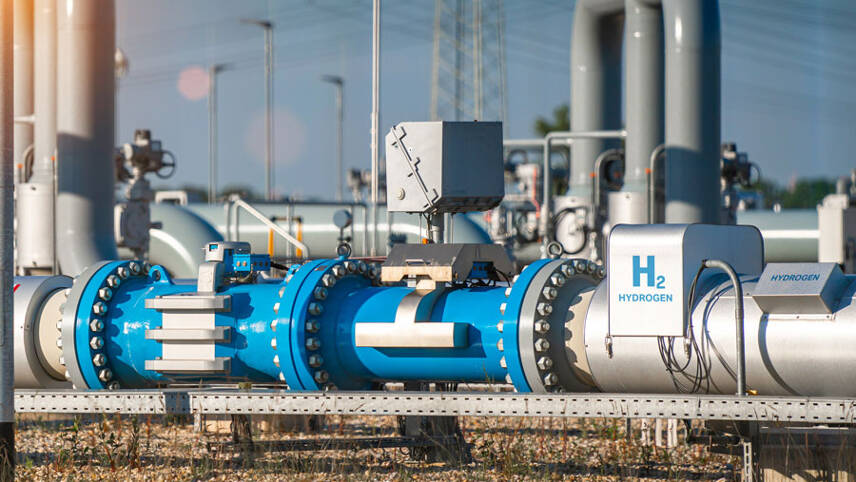Register for free and continue reading
Join our growing army of changemakers and get unlimited access to our premium content

The IEA revealed the figures this week through the new edition of its annual global hydrogen review, confirming that China is set to account for more than half of all global electrolyser capacity by the end of December.
If all announced projects are realised globally, capacity could exceed 420GW by 2030, the IEA forecasts. This is a 75% increase from its last predictions, released this time last year.
With this amount of capacity, some 35 to 38 million tonnes of low-emission hydrogen could be manufactured during the year 2030. The IEA expects 75% of this to be green and the remainder to be accounted for nuclear-based hydrogen and ‘blue’ hydrogen. This refers to hydrogen produced using fossil gas processes co-located with man-made carbon capture technologies.
Nonetheless, the IEA’s executive director Fatih Birol has warned that “incredible momentum” in the green hydrogen sector is facing strong headwinds and may not continue at the same pace for the rest of the decade without urgent, targeted policy interventions.
The IEA’s review states that low-carbon prices have remained “stubbornly” high, largely due to increased supply chain costs amid the current global economic downturn. Some offshore wind developers, for example, have seen forecasted project costs increase by up to 40%, as high energy prices impact the cost of components and raw materials.
Included in the review are a string of recommendations for policymakers seeking to reduce risk perceptions associated with green hydrogen and improve the economic feasibility of this nascent technology.
Policymakers should not only look to reform and increase funding and/or subsidy packages, which has proven effective in the US, the report warns. They will also need to provide long-term clarity to developers, though mechanisms like the UK’s Hydrogen Business Model. This guarantees producers a minimum payment levels for their hydrogen; payments will be part-subsidised by the government if necessary.
Additionally, policymakers need to lift barriers relating to blended finance provisions, licencing and permitting.
Balancing demand and supply
Another key issue to hydrogen development flagged in the IEA is that many developers are not yet confident that the demand will exist for their low-carbon hydrogen.
Governments have collectively set targets to create demand for hydrogen of 14 million tonnes, the IEA has calculated. In contrast, targets to scale production cover 35 million tonnes.
“Direct purchase agreements with private sector consumers are beginning to emerge but remain at a very small scale,” the IEA notes, highlighting that there is still a role for governments to send stronger demand signals – especially given that policy efforts so far have “been limited”.
The review recommends that policymakers work with hard-to-abate industrial and transport sectors to develop more robust plans to stimulate demand.


Please login or Register to leave a comment.